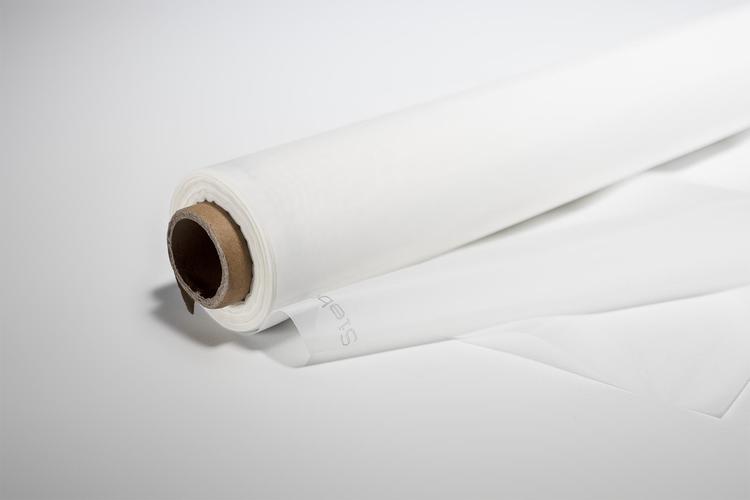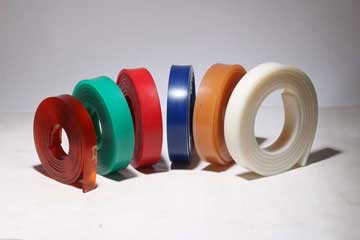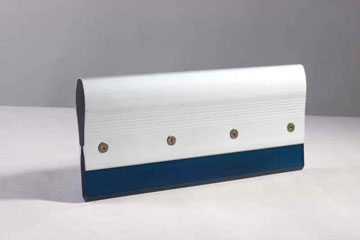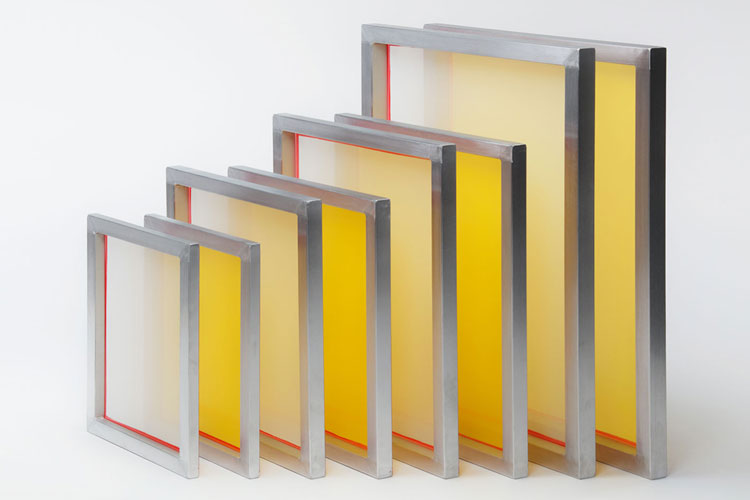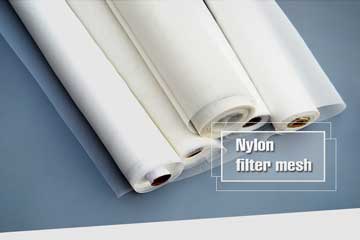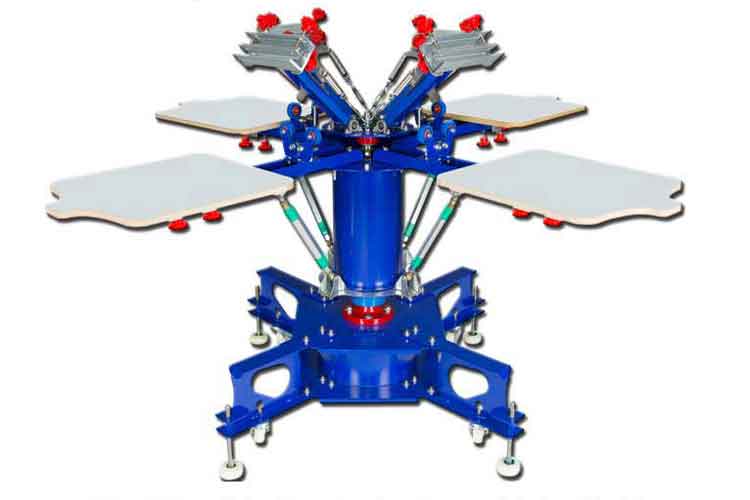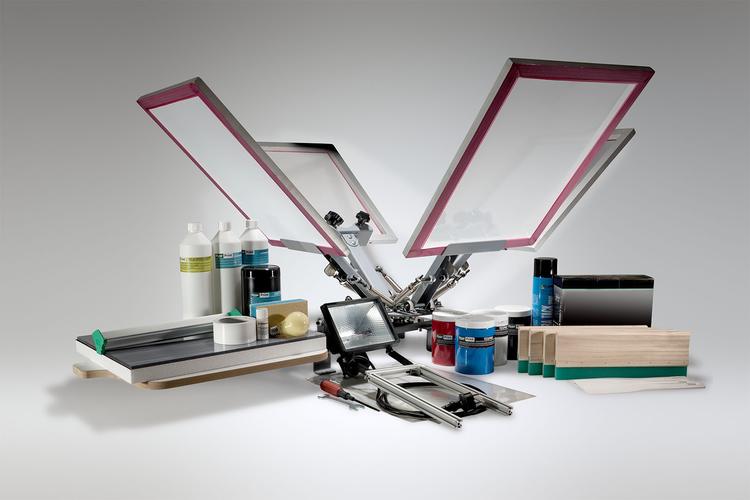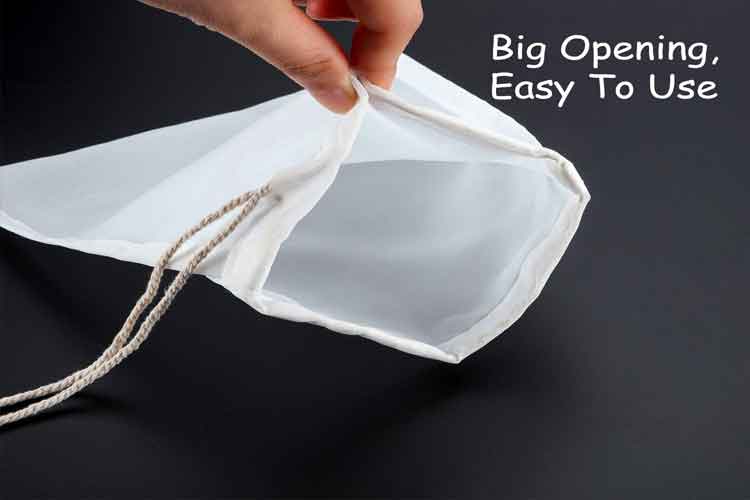The function of squeegee in screen printing and how to use it
Squeegee seems simple, but scratching is a very complex part of screen printing. In other methods of printing, tools for ink transfer include squeegees, ink rams, pressure rams, and plastic heads, each of which has its own unique function. In screen pSqueegee seems simple, but scratching is a very complex part of screen printing. In other methods of printing, tools for ink transfer include squeegees, ink rams, pressure rams, and plastic heads, each of which has its own unique function. In screen printing, the functions of the squeegee mainly include the following four aspects:
- 1. Transfer the ink through the screen to the substrate.
- 2. Scrape excess ink on the screen.
- 3. Keep the screen in contact with the substrate line.
- 4. Can print different shapes of substrates.
Only the above four features of the squeegee are well used to print high quality prints. The physical properties of the scraper play a decisive role in the above functions. (For example, a high-hardness squeegee can very well scrape off excess ink, but it does not meet the requirements of various shapes of the substrate well.) Therefore, when selecting the squeegee, it is necessary to fully consider the influence of the squeegee performance factors on the above functions, so as to avoid adverse effects on the printing effect. When choosing a suitable performance squeegee, consider the following four factors:
- 1. Hardness: The squeegee is usually made of polyurethane and the hardness of the squeegee is measured with a durometer. The hardness, size, and shape of the squeegee determine the bendability, flexibility, and pressure of the squeegee. Hardness ranges from 55 degrees to 90 degrees (Shore A). The hardness value was measured with a Shore A hardness meter. 55A-65A is a low hardness squeegee, 66A-75A is a medium hard, more than 75A is a high hardness.
- The high hardness squeegee is very advantageous for the first three functions of the squeegee. The ink is pressed into the screen and the ink is transferred from the fine stencil to the substrate, and the stencil is in line contact with the substrate. The only defect of high hardness squeegee is that it can not satisfy the printing of substrates with different shapes. When printing rough surfaces and uneven surfaces, the quality of squeegee is also very high.
- 2. Effective Width: refers to the width of the squeegee extending from the aluminum squeegee into the aluminum scraper handle. This width is important and determines the curvature of the squeegee under pressure. Bend is the cubic value of the effective width.
The squeegee bend causes two changes: the angle between the squeegee and the screen changes, and the printing pressure transmitted to the substrate decreases. For example, the squeegee is likened to a set of springs. When the spring is forced at an angle, the spring begins to bend, and the transmitted force is getting smaller and smaller. Squeegee printing angle is reduced, printing pressure is insufficient, and the printing effect is not ideal. The printing angle is small, the printing pressure is reduced, the amount of ink is large, and the ink layer is thickened. (In this case, the printing operator will increase the printing pressure, the curvature of the squeegee increases, and the resulting ink layer is still not ideal. The solution is to increase the hardness of the squeegee and increase the angle of the squeegee.) This is the effectiveness of the squeegee. The effect of width on the four functions of the squeegee.
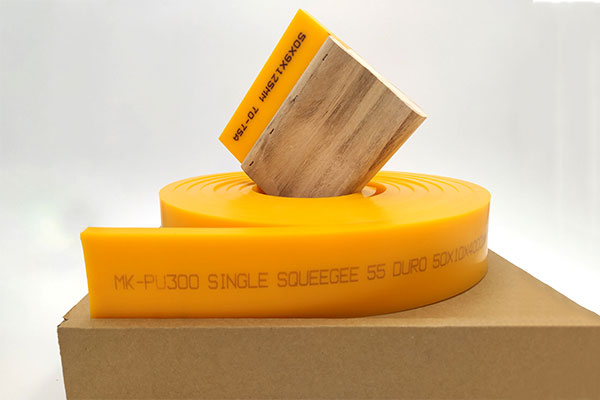
The effective width of the squeegee is usually between 20 MM and 30 MM. The choice of the best effective width is based on the flatness of the substrate, the screen image resolution, and other printing parameters such as squeegee angle, speed, and ink type. When printing high resolution images on flat/smooth substrates, the effective width is small (less than 20mm), high hardness, and fast printing with suitable ink. On rough, rough substrates, the effective width should be increased (sometimes more than 30mm), the hardness should be reduced, and the low hardness squeegee should have poor adaptability and should not be excessively bent. You can also use the middle hard and soft three-layer scraping or double layer. scratch. In general, the effective width increases, the printing speed decreases, and the printing angle is increased.
Squeegee shape:
The squeegee shape refers to the cross section of the squeegee. Most squeegee shapes are simply square squeegee, and other shapes of squeegee are used for specific printing conditions. For example, hard squeegee performance is better than soft squeegee, but the ability to adapt to the substrate is poor. With diagonal scraping, the printing edge is easily deformed (like a soft-squeegee).
There are three types of squeegee options for printing workers: square scraping (or right-angle scraping), various sloping and round scraping (horn scraping). The wide application of the square scraper can provide the maximum printing pressure, and the printing angle is determined according to the effective width. Diagonal scraping provides maximum flexibility, printing pressure is reduced, and the printing angle is smaller than the set angle. The round scraper is the least adaptable and provides the least printing pressure. The printing angle can be freely set (often the smallest angle). The above reasons will affect the amount of ink.
Blade:
The knife edge is an important part of completing the four functions of the squeegee. The sharpness of the squeegee is a factor in the initial control of the amount of ink. The sharp blade provides the smallest amount of ink and the finest image. A blunt and round knife edge increases the amount of ink underneath, and at the same time affects the color and line fineness.
When printing large areas and simple patterns with clear oil, the change in color and line fineness is not significant. When printing fine lines and four-color dots, with translucent (UV) and transparent ink, you will soon find out the deformation of the knife edge, and compare the first and last prints to determine when the squeegee should be Polished.
The selection of squeegee type is an important part of the print quality control. The maintenance of the squeegee is also an important link to guarantee the normal use of the squeegee. The best way to guarantee the quality of the squeegee is to clarify the maintenance of the squeegee before and after printing and how to polish the squeegee through a clear process.
- 1. When storing the squeegee, place it flat and do not roll it into a loop. Coiling a loop may cause permanent bending.
- 2. The aluminum handle should be placed face down. Do not place the knife face down.
- 3. Immediately after the printing is completed, the squeegee should be cleaned. It is very easy to wash off the ink at this time. Otherwise, the dry ink will be wiped off to damage the knife edge.
- 4. Do not immerse the squeegee in the solvent. Although the squeegee is resistant to solvents, the squeegee can become brittle due to the absorption of the solvent.
- 5. The just-cleaned squeegee is still soft, the solvent is not completely evaporated, and it cannot be immediately ground. After 12 hours to 24 hours of "rest" can be used again. This will not only improve the polishing effect but also improve the printing effect.
- 6. According to the specific printing quality requirements, it is necessary to polish the squeegee frequently. When cleaning and polishing, the loss of the squeegee should be reduced as much as possible.
Tags:
